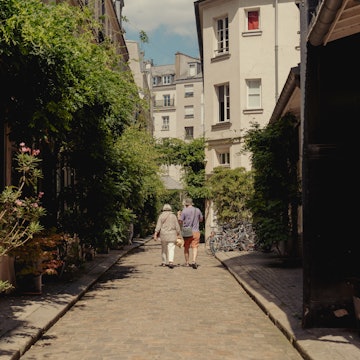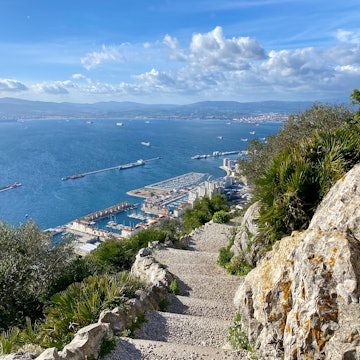
Scotland vs Wales: which corner of Great Britain should you visit?


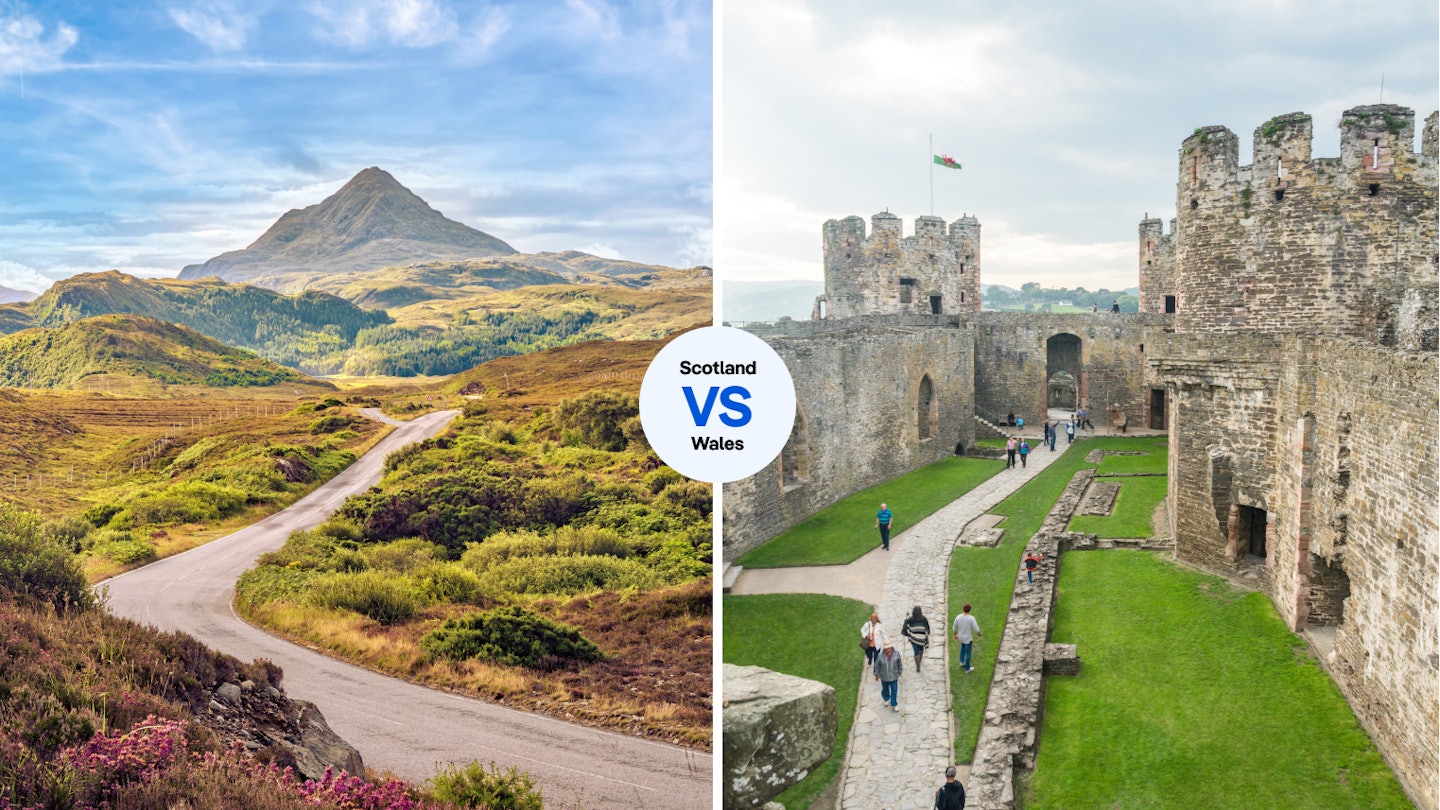
Left: Scottish Highlands. Right: Conwy Castle, Wales. iStock
Great Britain has so much to do and see, no matter where you go – from culture-packed cities to peaceful countrysides, castles, pubs and so much more. If you're there to explore the island’s edges, you might wonder if you should you head north to Scotland or west to Wales.
We asked a pair of writers to make the case for why their preferred corner of the UK should take the prize.
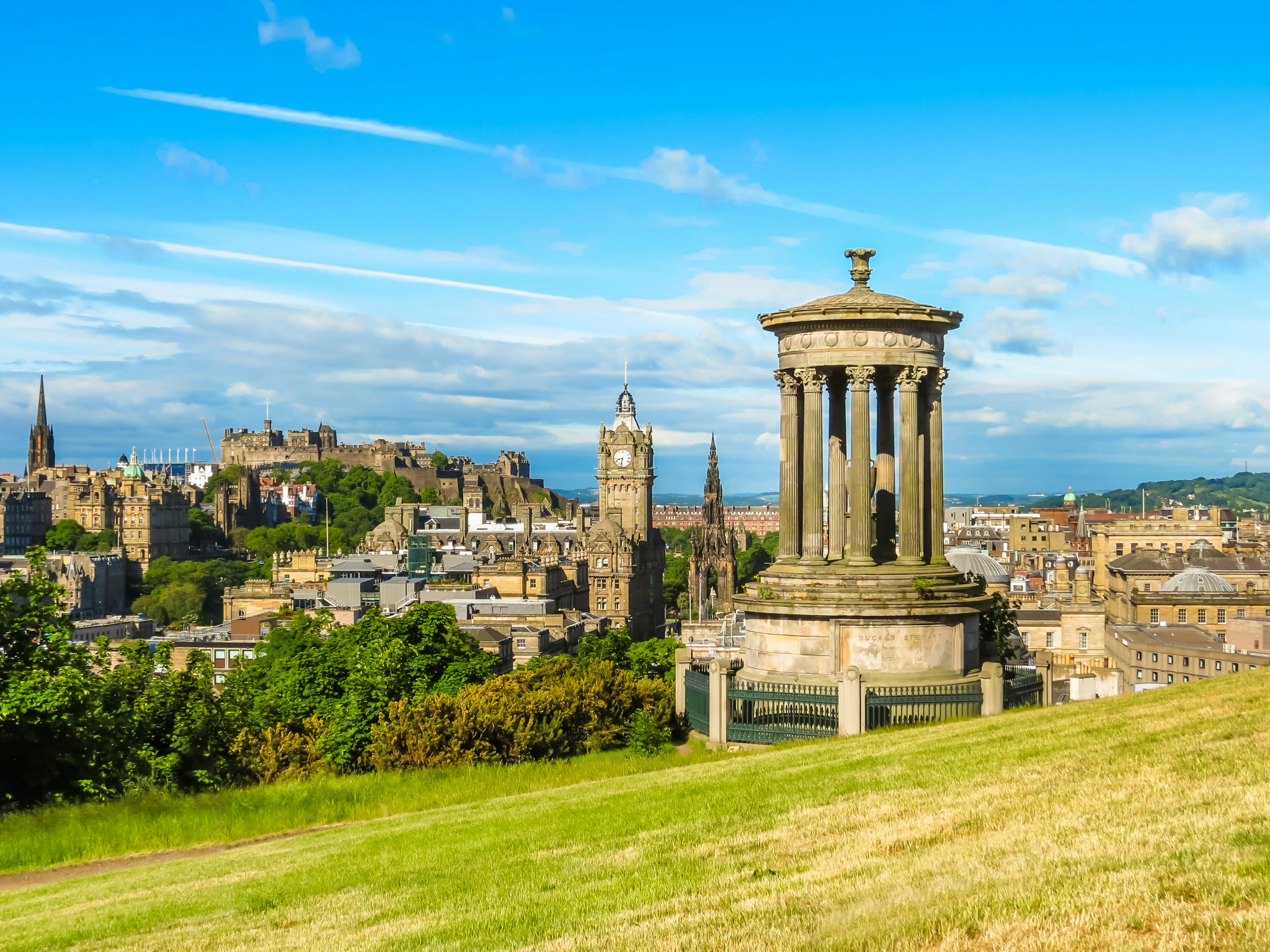
Scotland: historic cities, fairy glens and remote isles
Ireland-born Katie Goh has lived in Scotland since 2012, first in Glasgow and more recently in Edinburgh, where she works as a freelance journalist and author.
If your national animal is the unicorn, then you automatically win any competition. End of story.
But there are other reasons to love Scotland. I’ve lived here for more than a decade now, and the fiercely independent country – from its bustling Central Belt cities and picturesque lochs to wild isle coastlines and dramatic Munros (mountains over 3,000ft) – never fails to take my breath away.
Most of Scotland’s population lives in Edinburgh and Glasgow, and the two strikingly different cities – only a 40-minute train journey away from each other – are most tourists’ first stop in Scotland. Indeed, either one is reason enough to visit the country.
The ancient city of Edinburgh offers the world’s largest arts festival in August, cobblestone lanes and an 11th-century castle. Glasgow’s nightlife, meanwhile, is as famous around the world as its music culture, from local folk singers playing in the Ben Nevis Bar to visiting pop stars launching their world tours at the OVO Hydro. Weegie hospitality will make you feel like you’ve arrived home.

My favorite thing about living in Scotland is that I'm just a short drive or train ride from the country’s wild landscapes. There are no shortage of rugged mountains and stunning glens to visit in Scotland, which has a land mass three times larger than Wales. I return to The Cairngorms again and again to lose myself in the spectacular views and to spot animals that inhabit its wildest spots, including majestic red deer, elusive pine martens and golden eagles (which disappeared in England and Wales in the 19th century). Scotland is also the only country in the UK where wild camping is permitted, which means you can wake up to natural splendor rather than a cramped campsite.
Besides having the longest coastline in the UK, Scotland also boasts 30,000 freshwater lochs – including, of course, the world-famous Loch Ness, which alone contains more water than all the lakes in Wales combined. Scotland’s white sandy beaches and clear turquoise water look more like the Caribbean than Great Britain – even if the water feels somewhat chillier. And you might even have an encounter with local wildlife: I’ll never forget swimming off the silver sands of Morar and being joined by a curious seal.
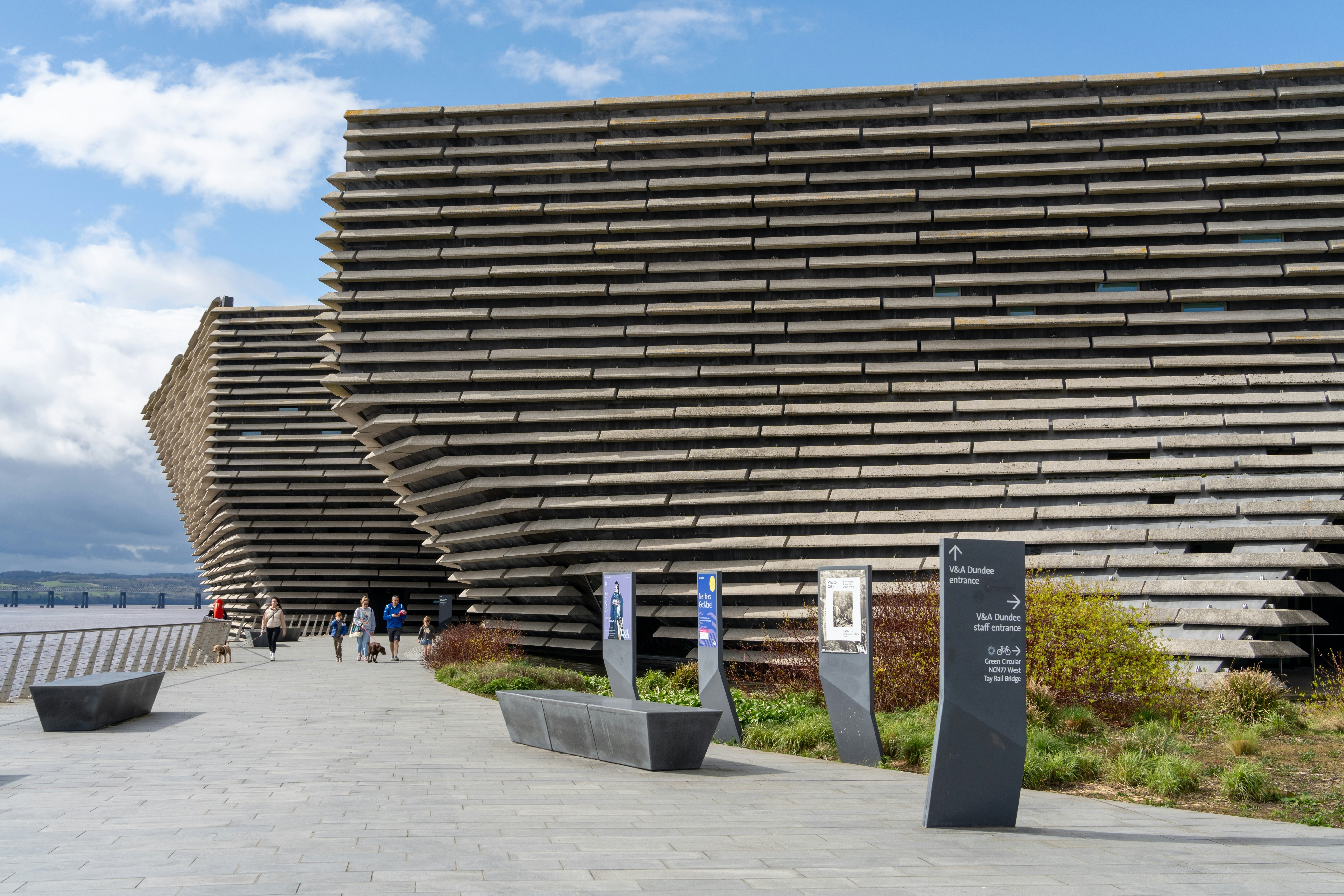
Once you’re exhausted from Scotland’s great outdoors, there’s plenty to do inside. Try whisky fresh from the cask at one of the many distilleries dotted around the country, while the local haggis, neeps and tatties are delicious musts. Scotland’s pub culture is justly famous, and traditional music thrives in these cozy settings. Sit back and listen with a wee dram (or several) in hand by the fireplace.
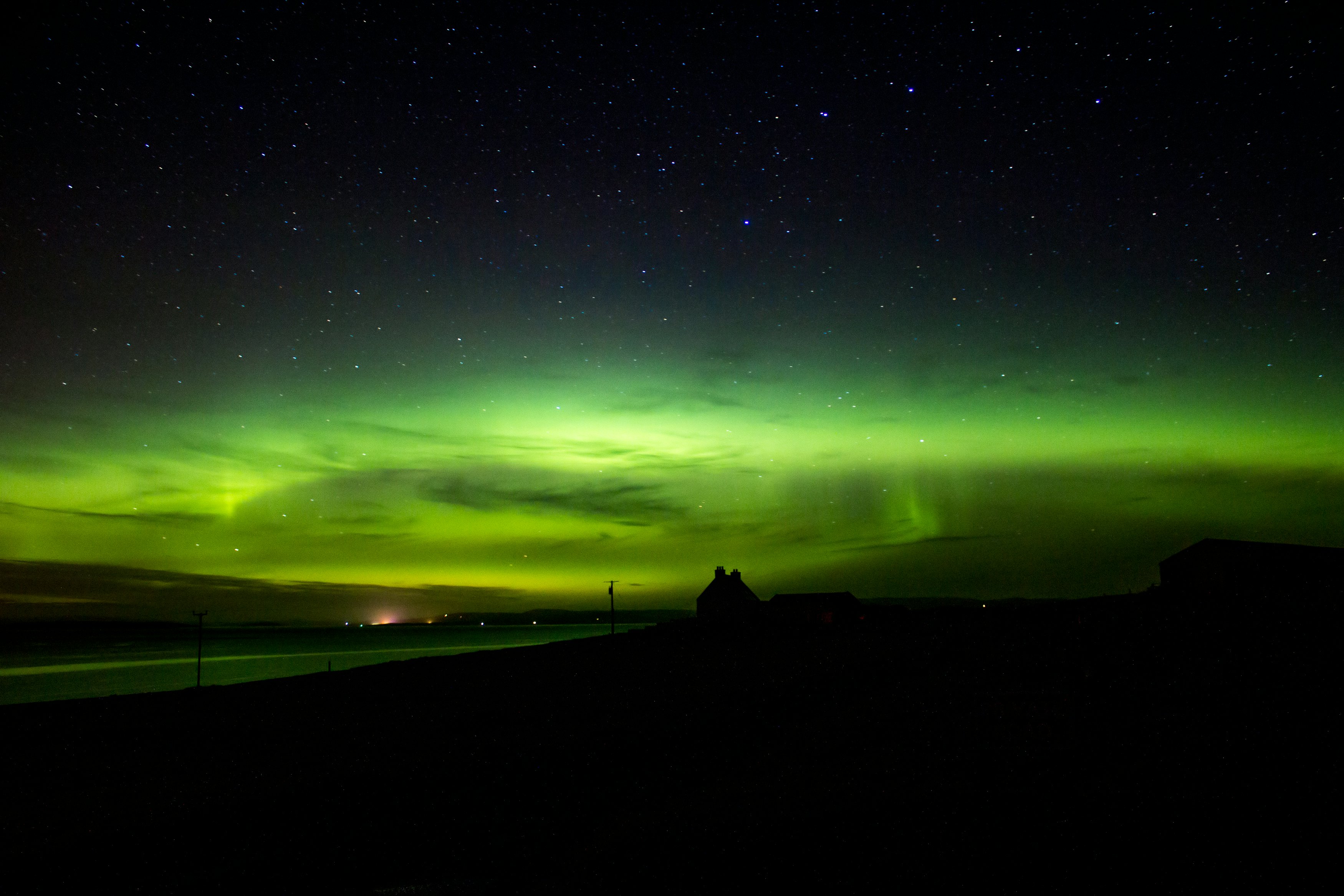
With its fairy glens, remote isles and grandiose peaks, you’ll soon realize why the unicorn is a fitting mascot for this magical place. The cherry on top is that Scotland is the best place in the UK to see the aurora borealis. And you don’t always need to travel that far north: it can occasionaly be spotted in all its multi-colored glory over Edinburgh.
As if smiling from above.

Wales: castles, coast and clifftops
Dosed up on Wales since he was a kid, travel writer Daniel Fahey still visits several times a year. He contributed the North Wales and Mid-Wales chapter for Lonely Planet’s Great Britain guide.
Look, I love Scotland – it’s my go-to for a deep-fried, liver-soaked lost weekend – but Wales is really special. It’s my big, cherry-red, break-in-case-of-emergency escape.
Every time real life gets on top of me, I set forth to the UK’s only coastal national park in Pembrokeshire for a reboot. I’ll pitch a tent in the center of a clifftop lea and sit among the quietude of birdsong and the far-off whoosh of waves.
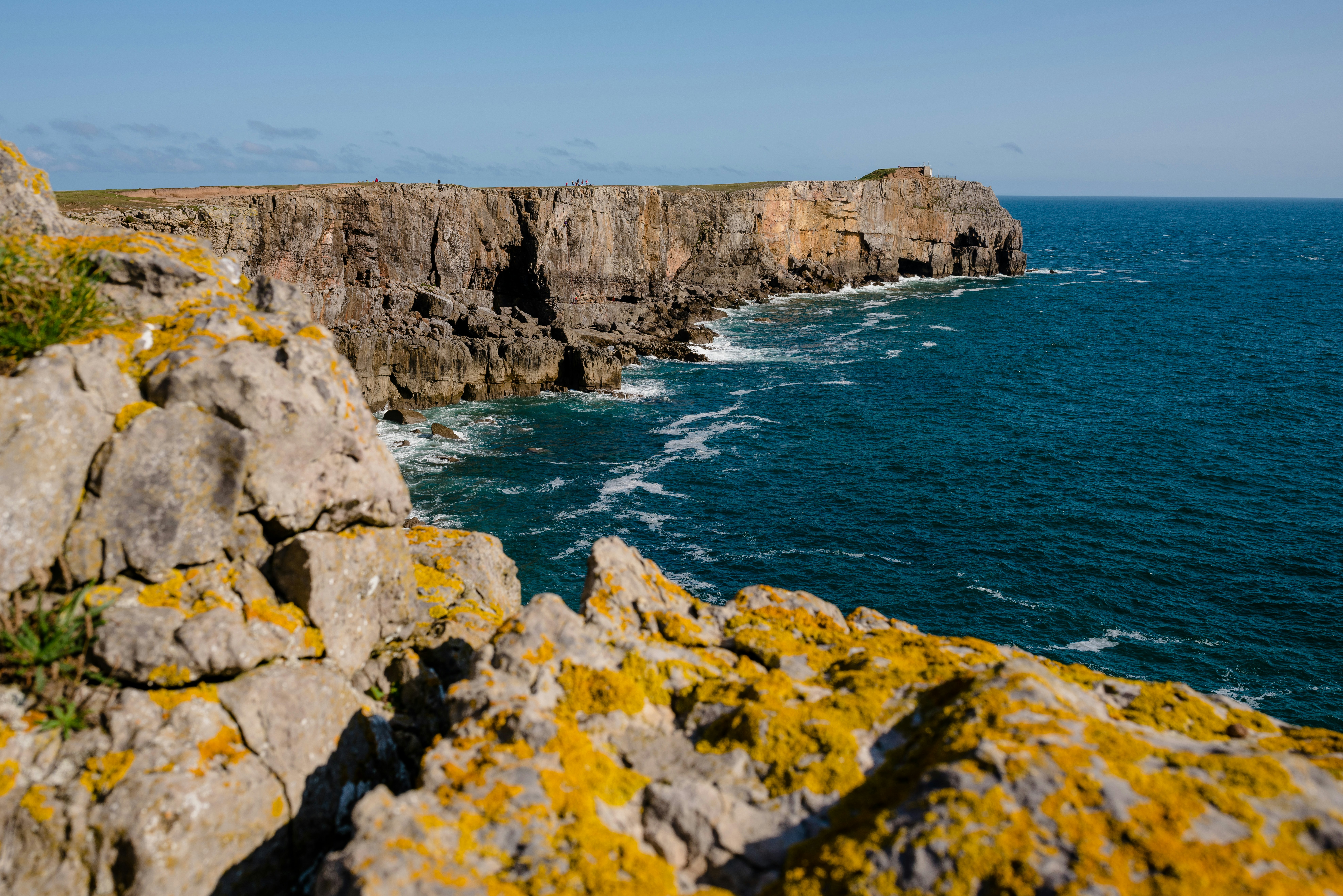
Wales has been a serum for mental and physical anguish for centuries. St Winefride’s Well is said to be the oldest continually visited pilgrimage site in Britain. It’s little wonder the Welsh dreamed up the NHS: every visit here is a health-giving tonic. It’s an antidote to modern life.
The country might only be around the size of New Jersey, but it’s stacked with sacred sights. Anglesey alone has more than 120 megaliths and burial chambers, while the prehistoric copper mines beneath the Great Orme at Llandudno are the world’s biggest.
You are never more than an arrow’s arc from a castle, either. There are 427 fortresses and ruins in Wales – more per mile than anywhere else in the world – and they include everything from Edward I’s unfinished monster-piece in Beaumaris to Europe’s second-largest castle at Caerphilly (only outsized by England’s Windsor).
Close to 20% of the country is preserved as national parks. That’s three times more than Scotland and the highest rate in Europe. Wales also has an uninterrupted walking path running along its entire coast. No other country can boast that.
Few countries match Wales for awe and wonder either. Sure, Scotland has 75 mountains taller than Wales’ crown, Yr Wyddfa (Snowdon), but how many of those can you climb by train? (Though you can hike it, too.) Or head south to the Bannau Brycheiniog (the Brecon Beacons). This radiant and rhapsodic area of rich nature is stitched together by riverways, walks and woods.

If walking here doesn’t give me more headspace, I’ll head to the north, where there are more UNESCO World Heritage sites per square mile than anywhere else on the planet. From Thomas Telford’s mighty Pontcysyllte Aqueduct to the great slate landscape of Eryri (Snowdonia), they share a theme of vastness.
Not that everything is oversized. Wales is home to Britain’s smallest house and the world’s smallest cinema. It’s home to Britain’s smallest city too – St Davids, whose huge purple-stone cathedral sits deep in a valley.
Then there are tiny destinations like Aberaeron, a pretty Georgian seaside town with amazing restaurants like Harbourmaster or Stubborn Duckling.

Not that Cardiff has anything to worry about. Home to some sublime Victorian and Edwardian shopping arcades, one of the world’s best cocktail bars (Lab 22), and Caroline St – a post-pub bonanza of late-night restaurants known locally as Chippy Lane – it packs in plenty. There’s even a castle here – surprise!
Can Scotland offer all that? Not even close. Especially once you factor in the amazing places in Wales for an icy swim. Like beautiful Barafundle Bay or the rockpools of Caer Bwdy Bay. Or even in the life-giving water at the holy St Winefride’s Well.
Don’t forget to pack your swimsuit.





